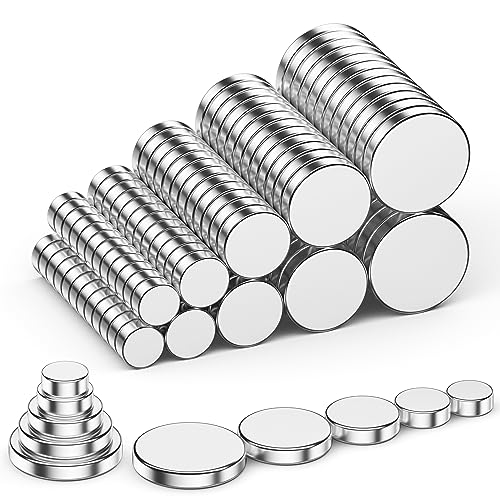Understanding the Basics of Magnets and Temperature
Magnets are widely used in various industries for their ability to attract and repel certain materials. But have you ever wondered how temperature affects these powerful magnets? Temperature plays a crucial role in determining the strength and durability of magnets. This article will explore the ways in which temperature can affect magnets and what you need to know to protect these important tools.
How Heat Affects Magnets
One of the most significant impacts of temperature on magnets is the loss of magnetism. When exposed to high temperatures, magnets tend to lose their magnetization and become weaker over time. This happens because heat causes the magnetic domains, which align to create the magnetic field, to become agitated and lose their orientation. This results in a weak or non-existent magnetic field, making the magnet less useful.
Cold Temperatures and Magnets
Cold temperatures can also impact the strength and durability of magnets. When exposed to extremely cold temperatures, magnets can become brittle and even shatter. This is because cold temperatures cause a change in the magnet’s microstructure, making it more prone to cracking and breaking. To prevent this, it’s essential to store magnets in a temperature-controlled space and avoid exposing them to sudden temperature changes.
The Importance of Temperature Control for Magnets
The impact of temperature on magnets highlights the importance of temperature control when handling and storing them. For example, industrial applications that require strong magnets should have a temperature-controlled environment to ensure optimal performance and longevity. Likewise, if you are storing magnets in your home or workspace, it’s essential to avoid exposing them to extreme temperatures.
The Ideal Temperature Range for Magnets
So what is the ideal temperature range for magnets? Typically, magnets work best at room temperature, which ranges from 20-25°C or 68-77°F. This temperature range provides stability and ensures the magnet maintains its strength and durability. To maximize the lifespan of your magnets, it’s essential to store them in a stable and controlled environment, avoiding sudden changes in temperature whenever possible.






